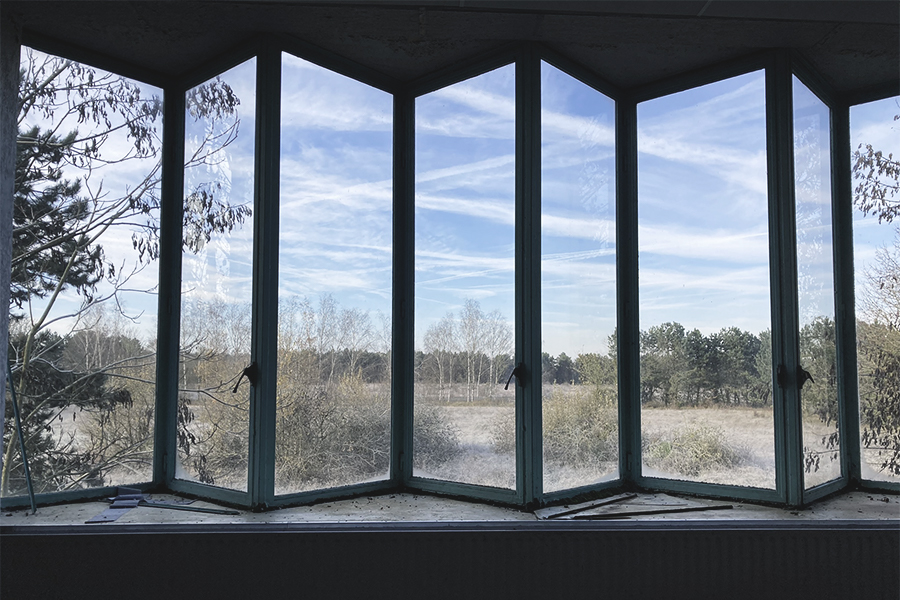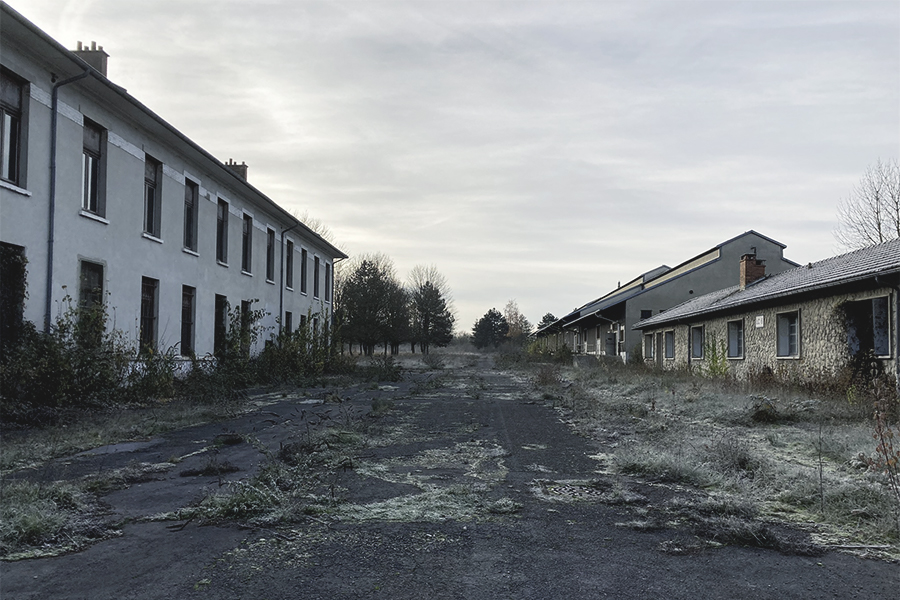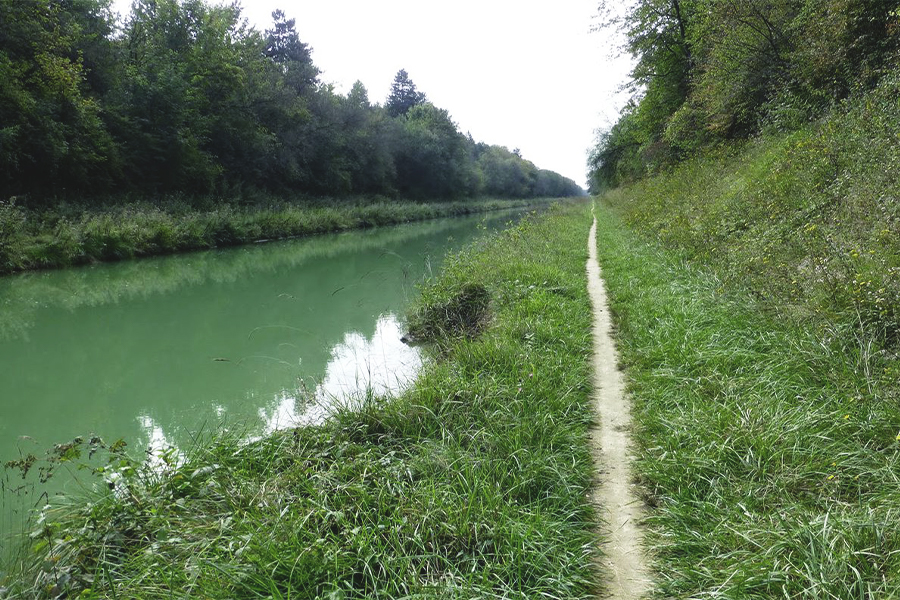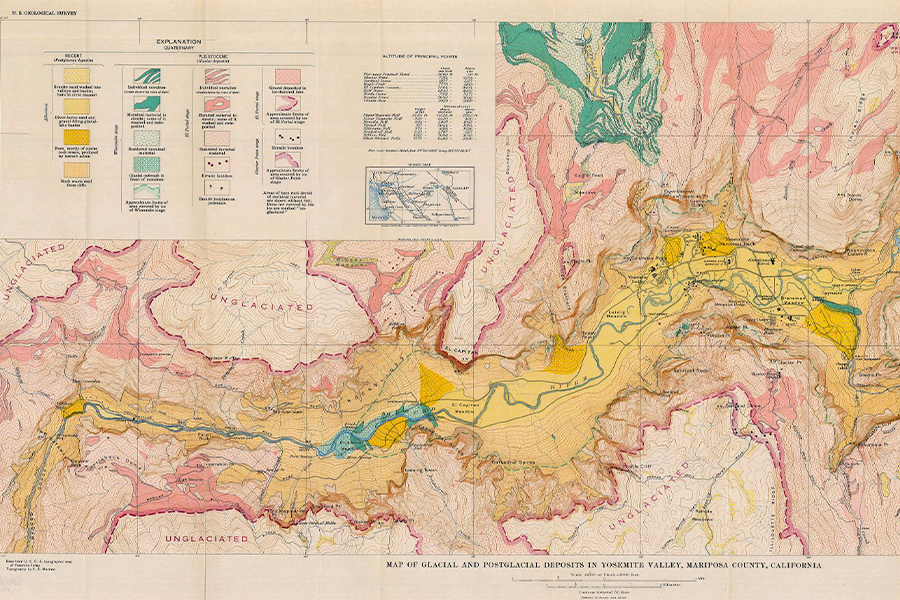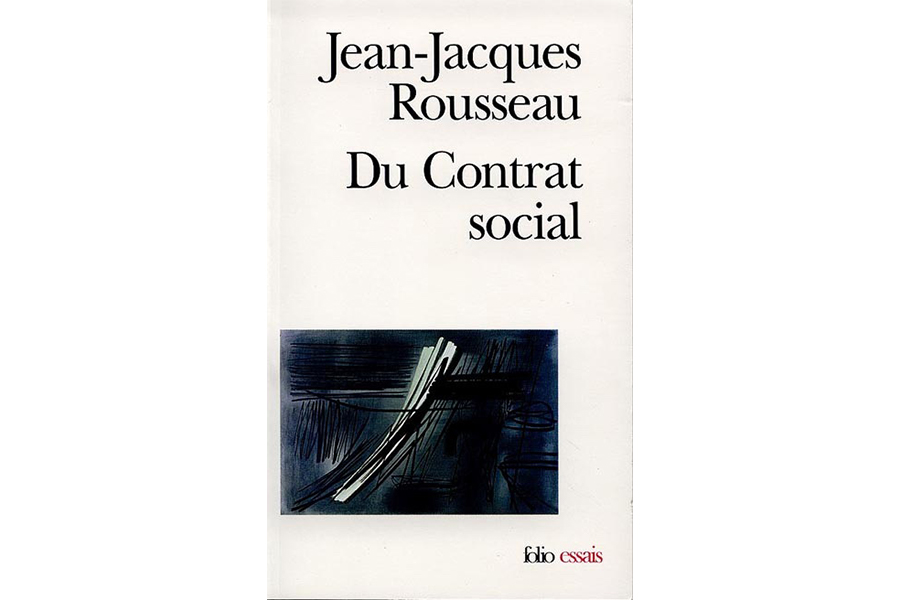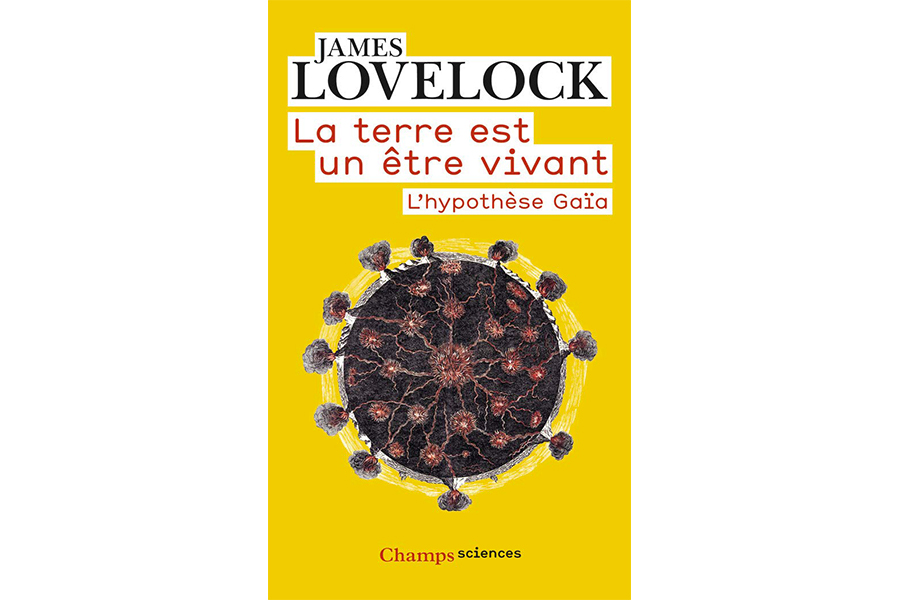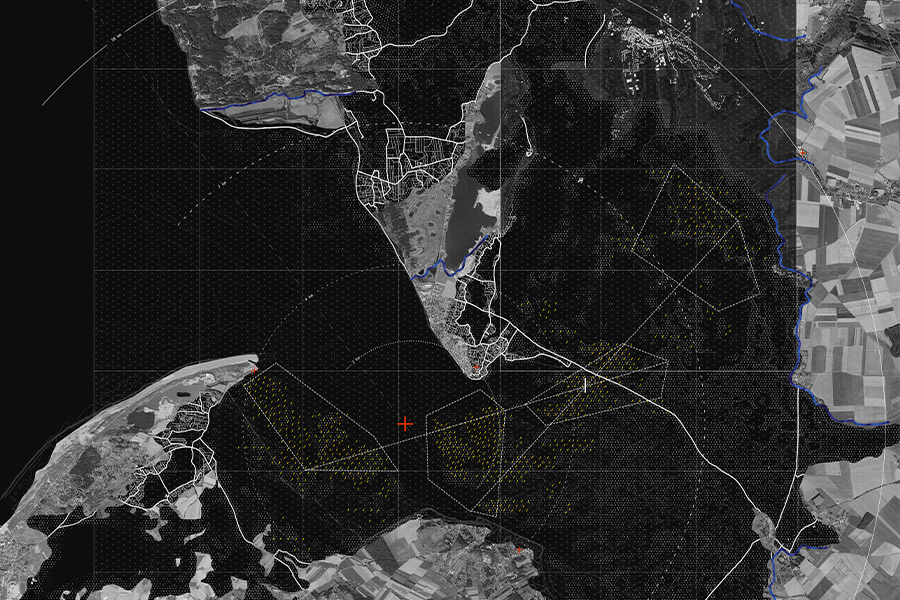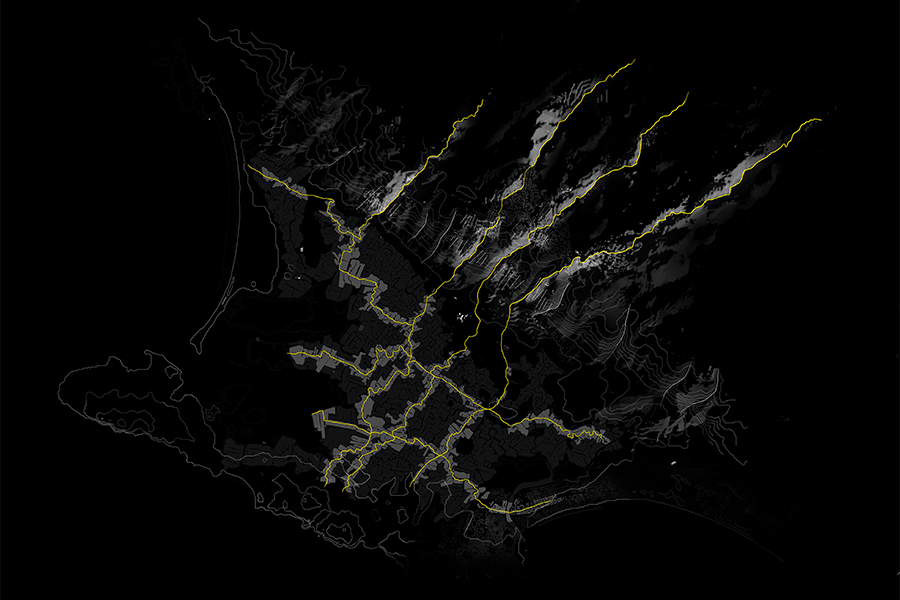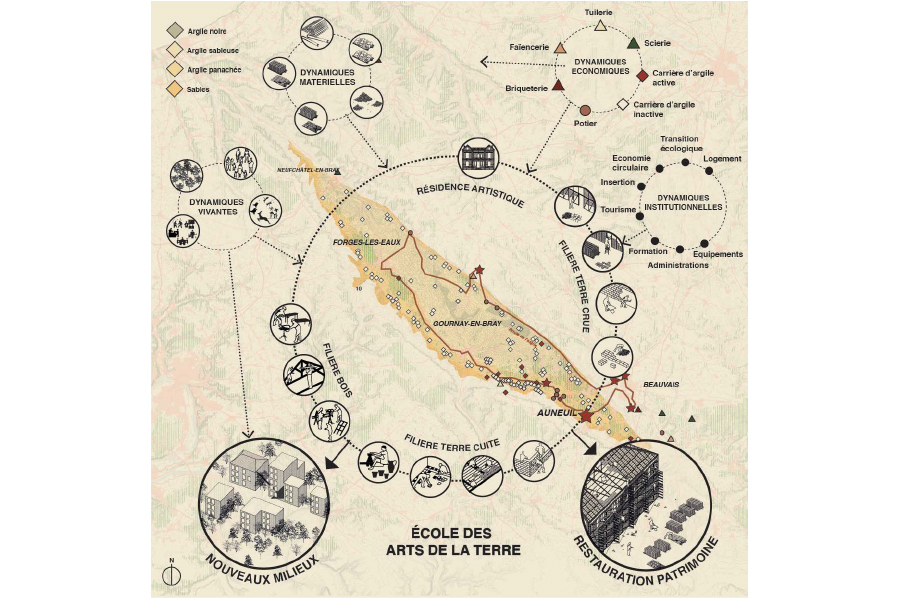Solstice, ou Le Contrat Vivant
Courcy Grand-Reims (FR) - Lauréat

TEAM PORTRAIT
VIDEO (by the team)
INTERVIEW
Click on the images to enlarge
1. How do you define the main issue of your project in relation with the theme “Living Cities Imagining architecture taking care of the milieus”? And in which way do you think your project can contribute to an ecological and/or social evolution?
By questioning the notion of milieus, the second edition of the theme "Living Cities" exposes a clear fragility regarding the consideration of life at all its scales of understanding. The Solstice project strives to examine the necessity of a plurality of environments within the BA 112, but also on the scale of Grand Reims, and then at the regional level. This transgression of administrative boundaries thus involves resonating the operation of the base with the territorial structure and instigating the systemic mutation of human and non-human living spaces.
2. How did the issues of your design and the questions raised by the site mutation meet?
The territorial analysis and its current challenges naturally guided our lines of thought regarding the future of the base. In light of diminishing water resources and soil depletion, our project outlines a new master plan for the current agricultural dynamics of the area. The 112 base then takes on the status of an agricultural park as a role model for sustainable agriculture, concerned with both soil quality and environments assimilated to cultivated spaces.
PROJECT:
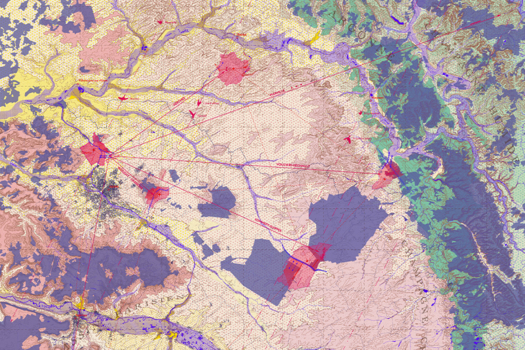
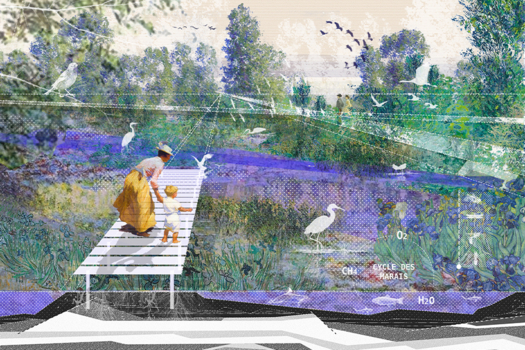
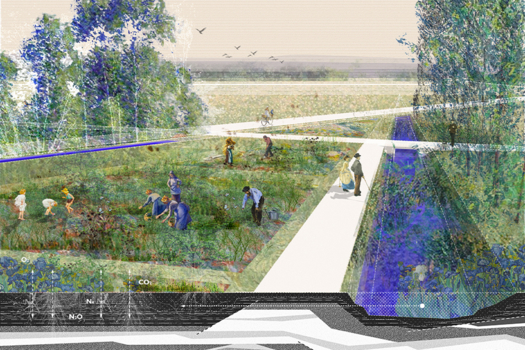
The concept of a campus playing a role in the transformation of its own site, viewed through the lens of soil and material work, is not unfamiliar to us, as we had proposed the winning project for the School of Arts and Earth in Auneuil during the previous session.
SITE:



The Living Contract is primarily a project of active consultation, engaged in the complementarity of research, teaching, and immediate practice. By combining academic activity with seasonal practice, the dialogue among various actors at base 112 establishes a direct connection with the site's temporality throughout the year, including through the reversible use of certain buildings.
REFERENCES:



Based on our previous experiences, we knew that the complementarity of our profiles and preferred subjects could lead to a relevant approach to the topics proposed by Europan. Both landscape designers at the core, our sensitivity to the larger territory ultimately initiated the guiding thread of our discourse throughout the considerations brought to this project, enabling us to articulate a clear statement on the matter.
6. How could this prize help you in your professional career?
Europan is an institution that generates exciting opportunities, especially for the younger generation, which, through this competition, can gain access to certain commissions that would normally require decades of experience. Beyond this aspect, we see Europan's continuations as a major element in translating certain research-based ideas into action.
TEAM IDENTITY
Legal status:
Team name:
Average age of the associates: 26 years old
Has your team, together or separately, already conceived or implemented some projects and/or won any competition? if so, which ones?
During the previous session of Europan, on the theme of "Living Cities", Olivier won the prize for the Laureate project with the Calame Collective on the Auneuil site, a project entitled the School of Clay Arts.
WORKS:






